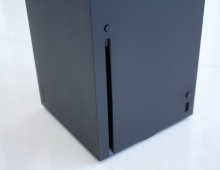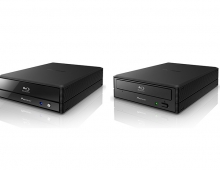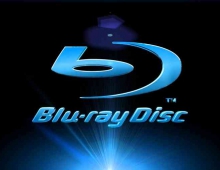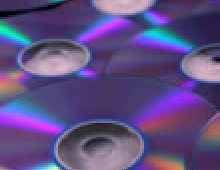
The Inventor of the Blue LED Settles His Lawsuit Against His Former Employer
Dr. Shuji Nakamura is generally credited with being the first person to develop and demonstrate a blue LED that had a sufficiently long life to be commercially useful. His work was done at a then-small Japanese company called Nichia Kagaku Kogyo, and more or less as an "after hours" project, since company management was unwilling to support his research.
The Nakamura developments have at least in part made possible the development of the next generation of high-density optical disc recording systems, which are based on blue-violet lasers operating at a 405 nanometer wavelength. His work has also made possible a white LED which has immense possibilities as a lower cost replacement for incandescent and fluorescent lighting.
Dr. Nakamura's invention was originally announced in 1990, and Nichia paid him, in addition to his regular salary, a "bonus" of 20,000 (then about $150) for his work in developing the new LED technology. Since he was an employee of Nichia, Dr. Nakamura was by customary Japanese corporate rules expected to accept the company as the rightful owner of his invention. But he refused to do so, arguing that most of the work was done after hours on his own time, and without much support from the company. Nichia refused to consider his arguments, and he finally resigned from the company in 1999. He then filed a lawsuit, asking for 20 billion ($190 million at today's exchange rate) as compensation for his invention. The lawsuit has been underway since 2001. It was settled on January 11, 2005.
During the period from August 2001 to January 2004, Nichia reported profits of about 120.8 billion ($1.15 billion) from the sale of products based on the Nakamura LED technology. The Tokyo District Court, after considering this evidence, awarded Dr. Nakamura half this amount, or 60.4 billion, an amount Nichia considered grossly excessive. The company appealed to the Tokyo High Court, which then suggested to Dr. Nakamura and his lawyers that the Court would much prefer a settlement through direct negotiation with Nichia. This warning was taken to heart by both parties, and while the settlement amount reached after negotiations between the two parties does not reportedly please him, Dr. Nakamura has accepted a settlement payment of ?843.0 million, nominally eight million dollars. While the settlement amount is far below what Dr. Nakamura wanted, it is by far the largest settlement ever made to an employee in Japan as an award for invention.
Dr. Nakamura, who has been living in the United States since leaving Japan and is now a professor at the University of California Santa Barbara, had some rather disparaging words to say about Japan and its emphasis on the corporation rather than the individual.
Dr. Nakamura's invention was originally announced in 1990, and Nichia paid him, in addition to his regular salary, a "bonus" of 20,000 (then about $150) for his work in developing the new LED technology. Since he was an employee of Nichia, Dr. Nakamura was by customary Japanese corporate rules expected to accept the company as the rightful owner of his invention. But he refused to do so, arguing that most of the work was done after hours on his own time, and without much support from the company. Nichia refused to consider his arguments, and he finally resigned from the company in 1999. He then filed a lawsuit, asking for 20 billion ($190 million at today's exchange rate) as compensation for his invention. The lawsuit has been underway since 2001. It was settled on January 11, 2005.
During the period from August 2001 to January 2004, Nichia reported profits of about 120.8 billion ($1.15 billion) from the sale of products based on the Nakamura LED technology. The Tokyo District Court, after considering this evidence, awarded Dr. Nakamura half this amount, or 60.4 billion, an amount Nichia considered grossly excessive. The company appealed to the Tokyo High Court, which then suggested to Dr. Nakamura and his lawyers that the Court would much prefer a settlement through direct negotiation with Nichia. This warning was taken to heart by both parties, and while the settlement amount reached after negotiations between the two parties does not reportedly please him, Dr. Nakamura has accepted a settlement payment of ?843.0 million, nominally eight million dollars. While the settlement amount is far below what Dr. Nakamura wanted, it is by far the largest settlement ever made to an employee in Japan as an award for invention.
Dr. Nakamura, who has been living in the United States since leaving Japan and is now a professor at the University of California Santa Barbara, had some rather disparaging words to say about Japan and its emphasis on the corporation rather than the individual.





















